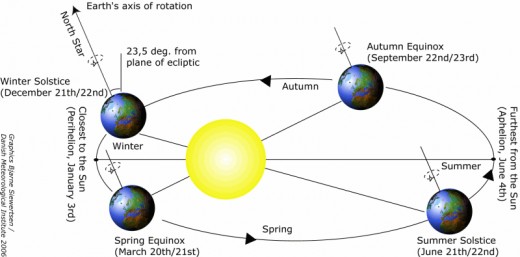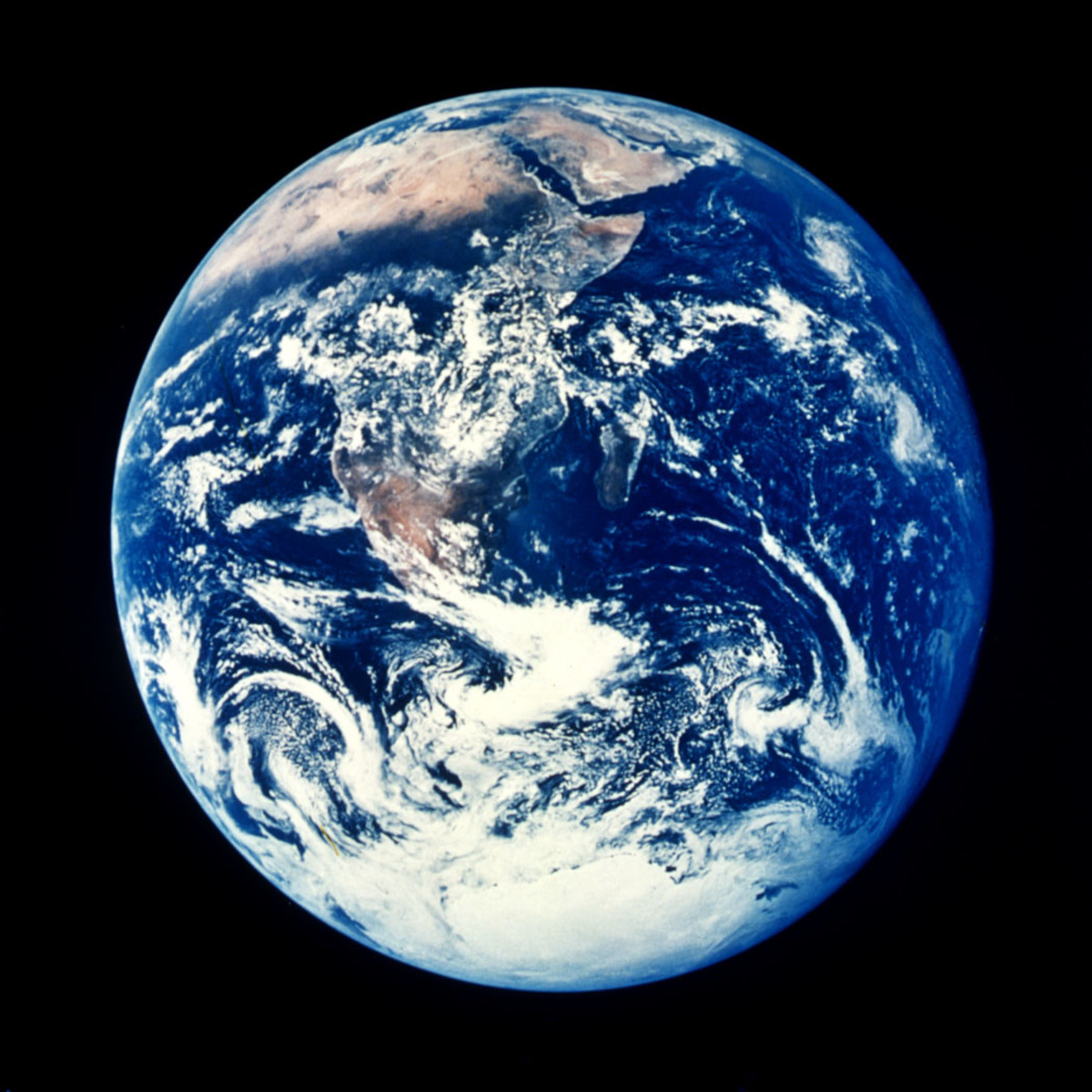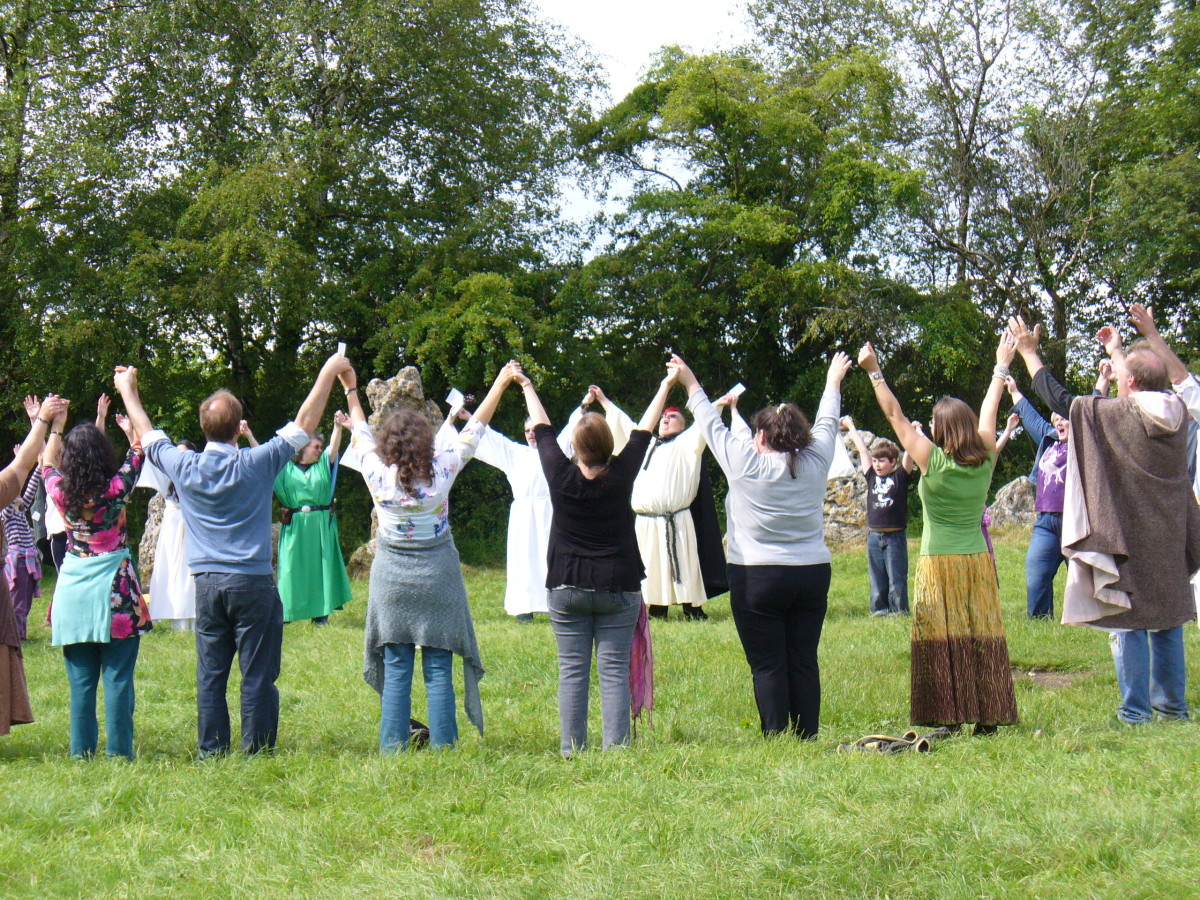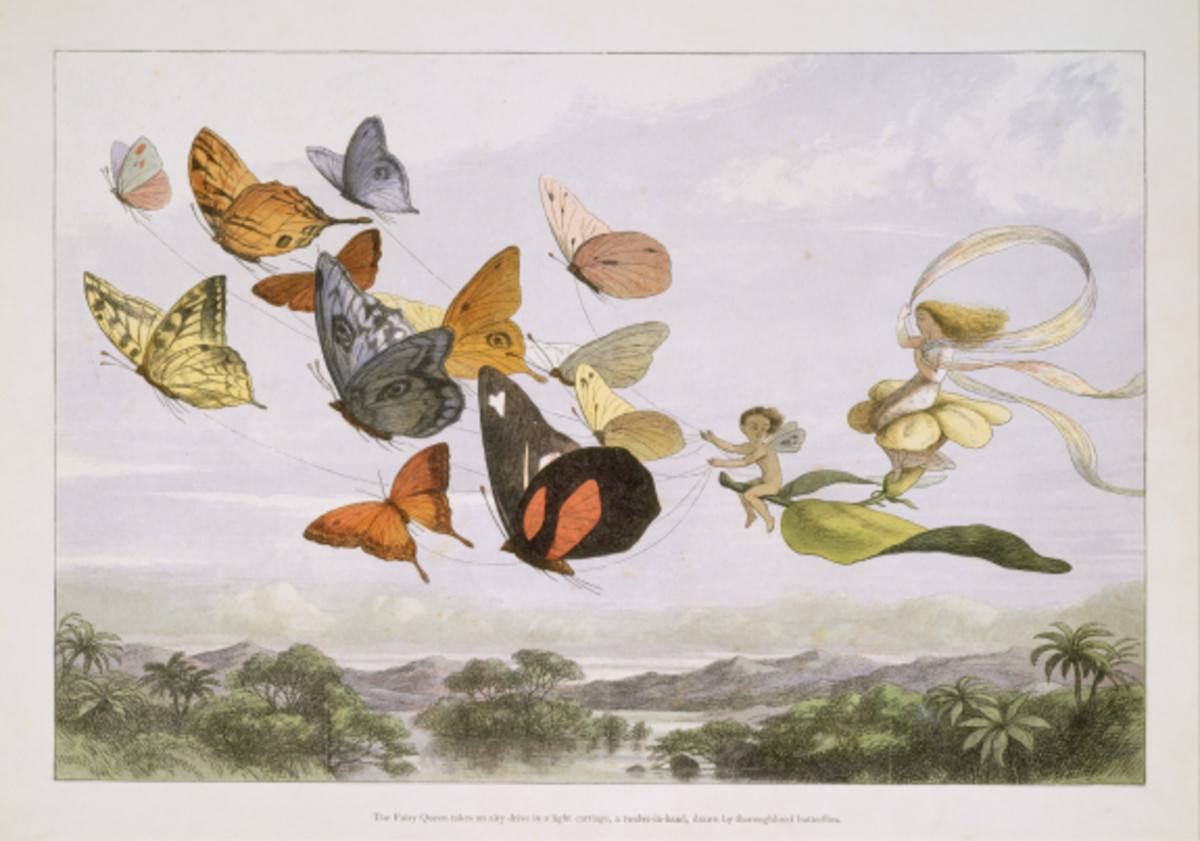The Longest Day
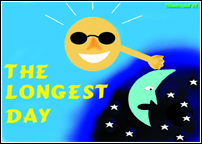
In the northern half of the world, June 21 is the first day of summer and the longest day of the year. It's a time for sun screen and summer fun. However, far to the south, across the equator, winter arrives. There June 21 will be the shortest day of the year representing the beginning of the coldest, and in some places, the wettest season of the year. This day of the year is called the Summer Solstice.
The reason for these changes has to do with the Earth's yearly trip around the Sun. For part of the year the Earth's North Pole points away from the Sun and part of the time toward it. When the North Pole points toward the Sun, the Sun's rays hit the northern half of the world more directly than it does in summer. Of course when the North Pole is pointed towards the Sun, the South Pole is pointed away. So the Sun's light hits the Earth at a less direct angle, spreading the warmth over a larger area, and it is winter.
Many people think the seasons are caused by how far the Earth is from the Sun. However, the Earth's orbit about the Sun is very close to circular, and the distance of the Earth from the Sun only differs by about 3 per cent during the year. Not only that, but we are actually closest to the Sun around January 2, and the farthest around July 4, (the opposite of hot and cold weather in the northern hemisphere). The angle at which sunlight hits the Earth is a critical factor.
Another significant factor, though, making summer even warmer and winter colder, is because of the length of our days and nights. In the summers daylight lasts longer and nighttime is shorter. In winter the days are shorter and the nights longer. That means there is more time for the Sun to warm us during long summer days, and short winter days have long, cold nights.
June 21, the first day of summer, is also the longest day of the year. Therefore it is called the Summer Solstice. The shortest day of the year is the first day of winter, December 21, north of the equator. That's called the Winter Solstice.
In between winter and summer, on March 20, day and night each are 12 hours long. This is called the Vernal Equinox. It is the first day of spring north of the equator, and the first day of autumn in the southern half of the world.
In between summer and winter there is another equinox, called the Autumnal Equinox. Just like the Vernal Equinox, day and night are the same length. Only this time change is the first day of autumn north of the equator, and the start of spring in the south.
